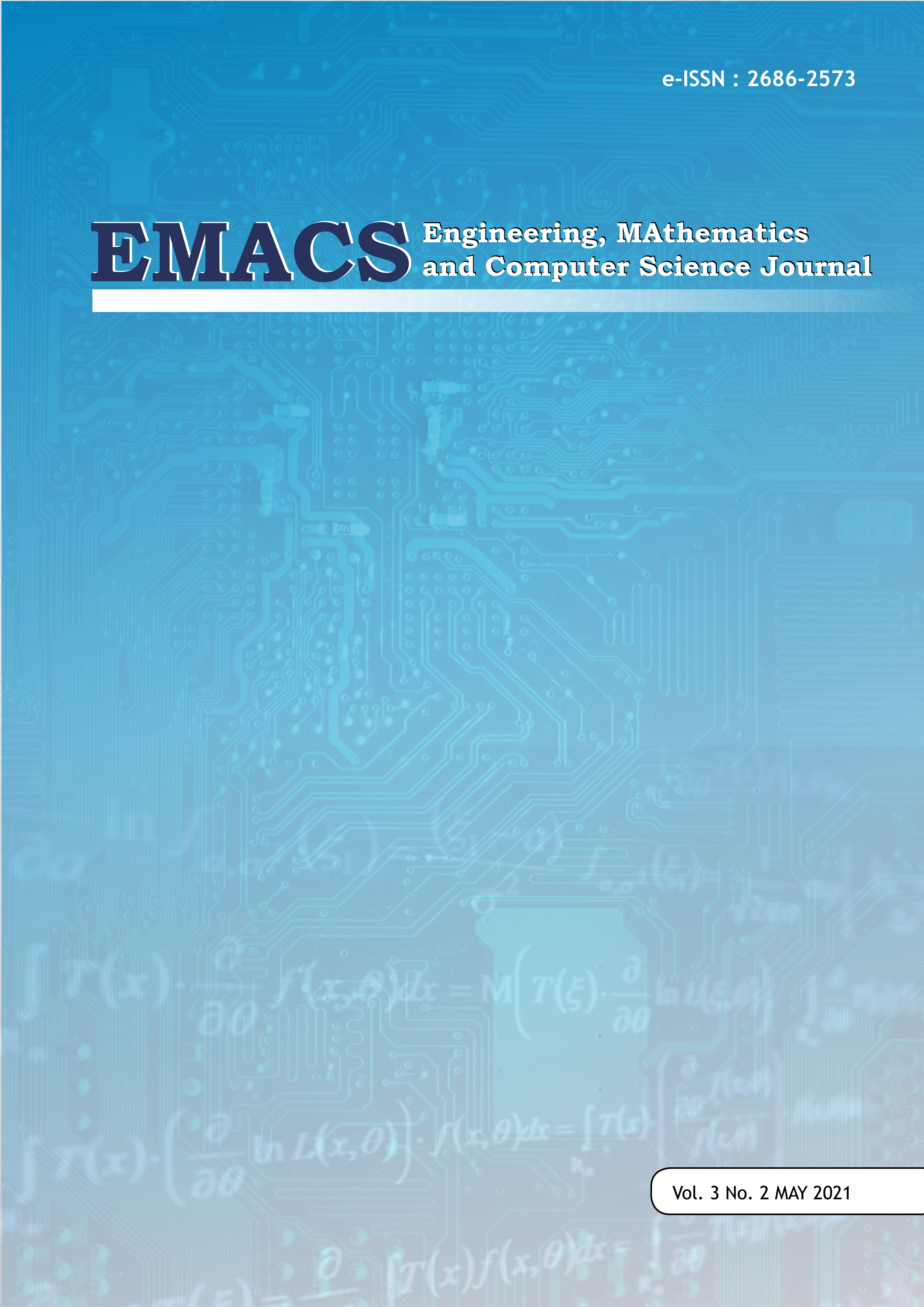Pengembangan Simulasi Kejadian Diskret Berbasis Paket Simmer pada R
DOI:
https://doi.org/10.21512/emacsjournal.v3i2.7386Keywords:
simulation, DES, simmer, R ProgrammingAbstract
This study aims to describe the various capabilities of the simmer package on R, especially in running a discrete event simulation model, then develop a DES simulation model building technique, which is effective and can represent real systems well, and explore the simulation output on this simmer, both in statistical summary form and parameter estimation. The method used in this research is the literature study, with descriptive and exploratory approaches. Model development is more effective when it is carried out starting from simple models, to more complex forms step by step, and describing the system using a flow chart. Replication for simulations is easy to perform, so as to get standard error values ​​for model parameter estimators. The stages in developing a discrete event simulation model with a simmer, start with compiling a simple flowchart to a more complex form, and replication is carried out. The simmer output in the form of data.frame makes it very easy to further process the output. The simple R API on simmer will also make it easier to simulate
References
Banks, Jerry, John Carson II, Barry Nelson, and David Nicol. Discrete-Event System Simulation, 5th Edition. (2014) Pearson Education Limited, Edinburgh Gate, England
Lander, Jared P. (2017). R for Everyone: Advanced Analytics and Graphics 2nd Edition. Pearson Education, Inc. USA.
Smeets, Bart and Inaki Ucar. (2020). Intro-duction to simmer. https://r-simmer.org/articles/simmer-01-introduction.html
Ucar, Inaki, Bart Smeets, & Arturo Azcorra. (2019). simmer: Discrete-Event Si-mulation for R. Journal of Statistical Software, Vol 90, Issue 2. https://www.jstatsoft.org/article/view/v090i02
Downloads
Published
How to Cite
Issue
Section
License
Copyright (c) 2021 Engineering, MAthematics and Computer Science (EMACS) Journal

This work is licensed under a Creative Commons Attribution-ShareAlike 4.0 International License.
Authors who publish with this journal agree to the following terms:
- Authors retain copyright and grant the journal right of first publication with the work simultaneously licensed under a Creative Commons Attribution License - Share Alike that allows others to share the work with an acknowledgment of the work's authorship and initial publication in this journal.
- Authors are able to enter into separate, additional contractual arrangements for the non-exclusive distribution of the journal's published version of the work (e.g., post it to an institutional repository or publish it in a book), with an acknowledgment of its initial publication in this journal.
- Authors are permitted and encouraged to post their work online (e.g., in institutional repositories or on their website) prior to and during the submission process, as it can lead to productive exchanges, as well as earlier and greater citation of published work.
USER RIGHTS
All articles published Open Access will be immediately and permanently free for everyone to read and download. We are continuously working with our author communities to select the best choice of license options, currently being defined for this journal as follows: Creative Commons Attribution-Share Alike (CC BY-SA)





